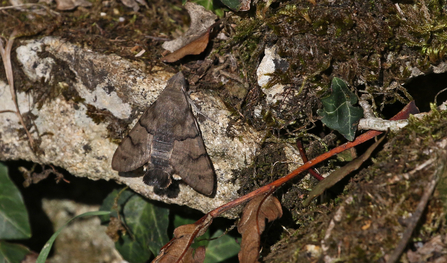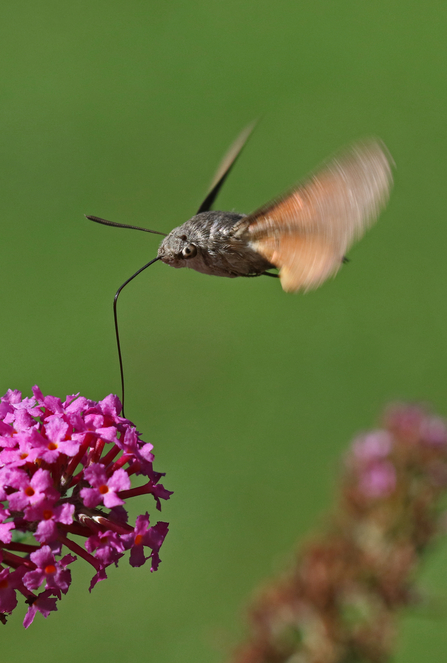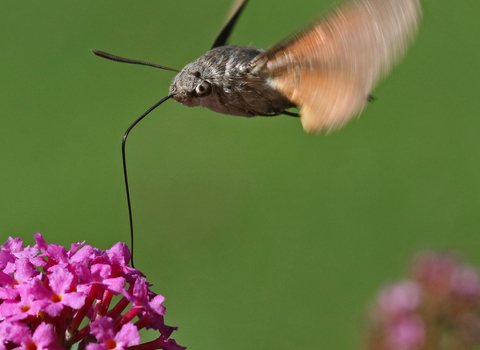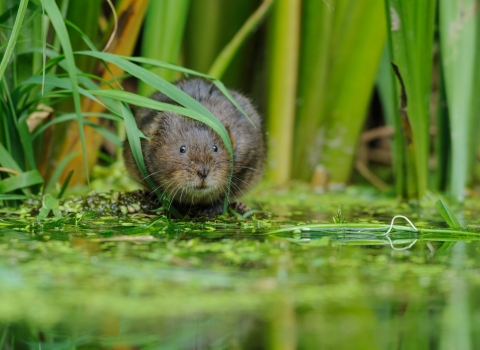I don't have any valerian in my small garden so I'm waiting patiently for the buddleia to flower as this offers the best chance for me to spot a hummingbird hawk-moth at home. Seeing one of these incredible day-flying moths is always a treat - just to watch as one sups nectar whilst keeping its wings beating at 80 times a second almost defies belief.
As our temperature warms, these large moths are becoming more common in Worcestershire and we're asking people to snap photos and let us know about when and where hummingbird hawk-moths are being spotted. We're keen to find out whether, and how, climate change is affecting their habits and enabling them to survive our winter. They've already been seen in Worcestershire this month so keep your eyes open when you're in your garden or out for a walk.








